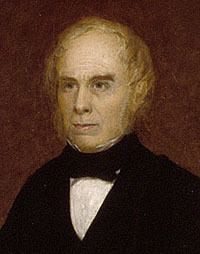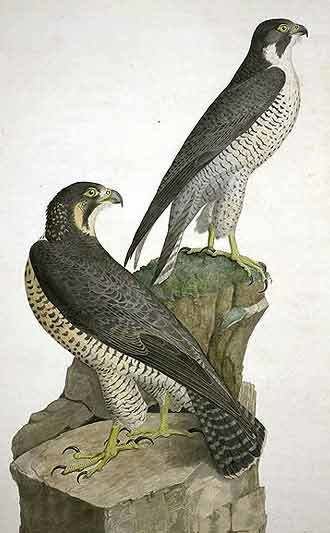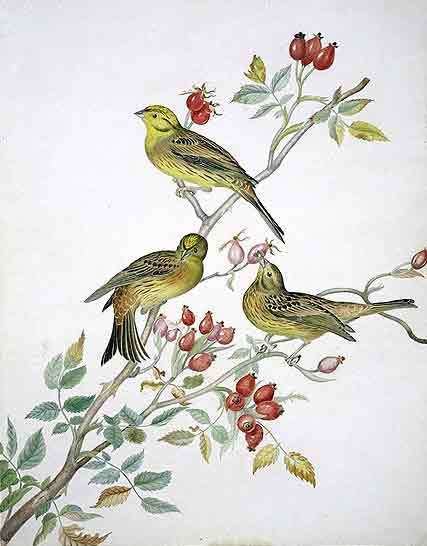Nationality Scottish | Name William MacGillivray Children Paul MacGillivray | |
 | ||
Born 25 January 1796Old Aberdeen ( 1796-01-25 ) Died September 4, 1852, Aberdeen, United Kingdom Books Descriptions of the Rapacious Birds of Great Britain Education University of Aberdeen, King's College, Aberdeen | ||
Institutions University of Aberdeen | ||
Poor angus william macgillivray celtic classic 9 28 13
Prof William MacGillivray FRSE MWS LLD (25 January 1796 – 4 September 1852) was a Scottish naturalist and ornithologist.
Contents
- Poor angus william macgillivray celtic classic 9 28 13
- Canada council laureate 2013 william macgillivray the man of a thousand songs 2010
- Life and work
- Family
- Legacy
- Works
- References

Canada council laureate 2013 william macgillivray the man of a thousand songs 2010
Life and work

MacGillivray was born in Old Aberdeen and brought up on the island of Harris. He returned to Aberdeen where he studied Medicine at King's College, graduating MA in 1815. He then became an assistant Dissector in the Anatomy classes. In 1823 he became assistant to Robert Jameson, the Regius Professor of Natural History at the University of Edinburgh. He was curator of the museum of the Royal College of Surgeons of Edinburgh from 1831, resigning in 1841 to become Professor of Natural History at Marischal College, Aberdeen.

MacGillivray was a friend of American bird expert John James Audubon, and wrote a large part of Audubon's Ornithological Biographies from 1830-1839. Audubon named MacGillivray's warbler for him.

He died in Aberdeen on 5 September 1852 but is buried in New Calton Cemetery in Edinburgh. The grave faces east onto the eastern path.
Family

In 1820 he married Marion Askill from the isle of Harris.
MacGillivray's eldest son, John MacGillivray (1822-1867), published an account of the voyage round the world of HMS Rattlesnake, to which he was the onboard naturalist. Another son, Paul, published an Aberdeen Flora in 1853, and donated 214 of his father's paintings to the Natural History Museum.
Legacy
A detailed version of MacGillivray's life, written by a namesake, was published 49 years after the ornithologist's death.
MacGillivray correctly distinguished between the hooded crow and carrion crow, but they were considered only to be subspecies for the next one and a half centuries until, in 2002, on DNA evidence, the hooded crow was awarded species status.
Works
MacGillivray's works include:
MacGillivray illustrated Henry Witham's 1833 The Internal Structure of Fossil Vegetables found in the Carboniferous and Oolitic deposits of Great Britain, and edited The Conchologist's Text-Book through several editions.
